Mirror, mirror on the wall, how do I find my hair type at all?
people’s beauty is enhanced by hair. It’s one of nature’s lovely gifts. An awareness of your locks type is necessary for proper care. Knowing how to find your hair type enables you to select the most suitable products and procedures to maintain the health and shine of your locks. Explore all the key aspects of hair type with this comprehensive guide, covering porosity, elasticity, density, type, texture, structure, and scalp moisture.
Table of Contents:
- Density
- Types
- Structure
- Texture
- Porosity
- Scalp Moisture / Oiliness
- Elasticity
1: Density
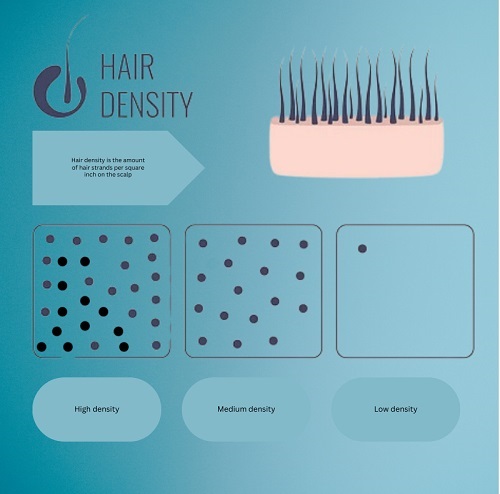
What is Density?
The quantity of individual strands on your scalp is referred to as density. Understanding how to find your hair type and density will help you choose the proper products and style methods to stop damage.
How to Determine Density?
Lets do some tests for determine Density!
Scalp Visibility Test:

Examine your scalp in the mirror. You have low density if many scalps are visible without any parting. You have medium density if portion of your scalp is visible. You have high density if your scalp is hardly visible.
Ponytail Test:
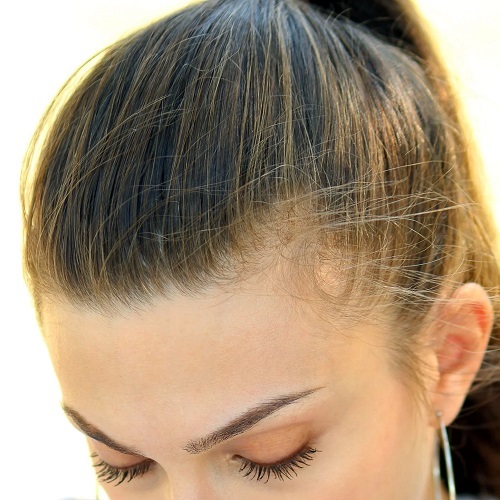
Pull your hair back into a ponytail. Calculate the circumference. Two to three inches denotes medium density, more than three inches denotes high density, and less than two inches denotes low density.
2: Hair Types:

Understanding Hair Types:
It categorized by curl pattern. The main types are straight, wavy, curly, and kinky. Knowing how to find your hair type helps you choose suitable styling methods and products.
How to find Your hair Type:
Lets find different hair types:
Type 1: Straight hair type

Straight type usually has a shiny appearance due to its flat surface.
pro tip
To achieve consistently sleek, smooth locks, you must maintain a straight hair routine. The best way to keep moisture and minimize frizz in your straight hair is to start with a sulfate-free shampoo and conditioner.
1a: Extremely smooth and fine.
1b: Greater loudness, little wave.
1c: Smooth with mild rippling.
Type 2: Wavy hair type

Wavy type forms an “S” shape and tends to be more frizz-prone than straight locks.
2a: Easy to handle, loose S-shape.
2b: Well-defined waves that can frizz up.
2c: Needs hydration; thick with distinct waves.
Type 3: Curly hair type
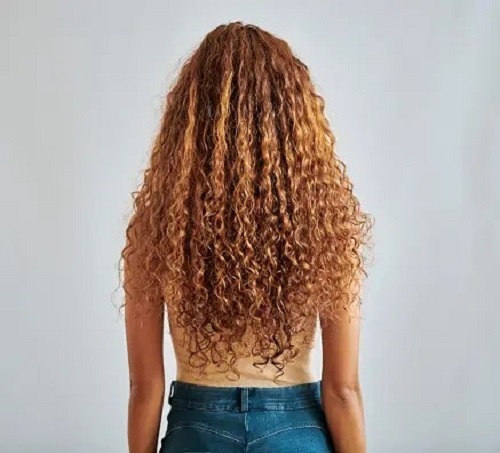
Curly type forms spirals and can range from loose curls to tight ringlets.Enhancing and shaping natural curls while keeping them nourished and frizz-free is the main goal of a curly hair routine.
Pro tip:
To nourish your curls, start with a moisturizing shampoo and conditioner. Use a leave-in conditioner or curl cream on damp hair after washing, then use the “scrunch” technique to promote the creation of curls
3a: Huge, bouncy curls that are loose
.
3b: Curls more tightly; requires moisture.
3c: Dense, very volumetric, tightly wound.
Type 4: Kinky hair type

Kinky type has a very tight curl pattern, often appearing dense and voluminous.
4a: Needs moisture, soft coils.
4b: Fragile, Z-shaped.
4c: Dense, tightly wound, and in need of critical care.
3. Hair Structure

What is Structure?
It refers to the thickness of individual your locks strands. It can be fine, medium, or coarse. Understanding how to find your hair type and structure helps in selecting the right styling tools and products.
How to Determine Structure?
Lets do some tests for determine Structure!
Strand Test:
Hold one strand between both of your fingers. Your strand is fine if you can hardly feel it. It’s medium if you can feel it a little. You have rough strands if it feels thick and rough to the touch.
Comparison Test:
Make a comparison between a strand and a strand of thread. In comparison to the thread, fine strands will be thinner, medium strands will be nearly the same thickness, and rough strands will be thicker.
4: Hair texture:

What is texture?
The diameter or thickness of individual hair strands is referred to as texture. It falls into three primary categories:
- Fine :
Often appears less voluminous, thin and delicate, and prone to breaking.
- Medium:
Has a decent amount of volume, holds styles well, and is of average thickness.
- Coarse:
Often appears more voluminous but can be more difficult to maintain. Thick and sturdy, more resistant to damage.
How to Determine texture?
Naturally Wash and Dry Your strands:
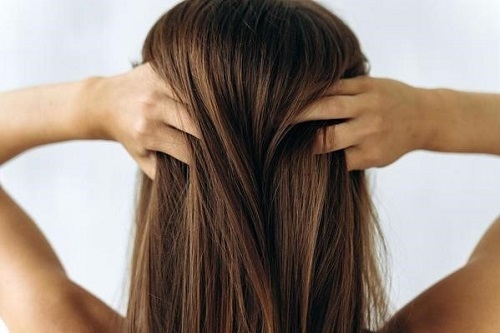
First, give your hair a quick wash. To stop particles influencing the test, use a mild shampoo and conditioner. Allow your strands to air dry without using any heat tools or styling products. When learning how to find your hair type, it is necessary that you make sure you are analyzing it in its original condition.
Choose a Hair Strand:
Select one strand from the top of your head once it has dried completely. This region frequently offers a decent, average reflection of the texture of your hair.
5: Hair Porosity:
Understanding Porosity:
porosity refers to your lock’s ability to absorb and retain moisture. It can be low, medium, or high. Knowing how to find your hair type in terms of porosity helps you choose the right products and treatments.
How to Test Porosity:

- Float Test:
Put a few freshly washed hair strands in a bowl of water. Should they drop fast, your porosity is high. You have medium porosity if they float for some time before sinking. Continuous floating on top indicates little porosity.
- Slip ‘n’ Slide Test:
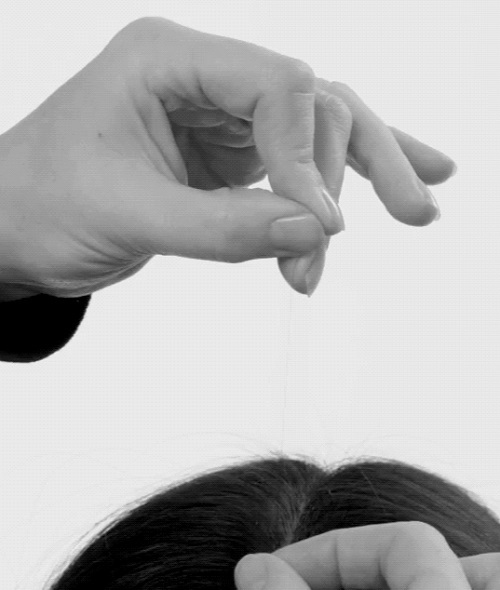
Work a strand of hair from its ends to the scalp by sliding your fingers up it. You have low porosity if the stuff feels smooth. Should it have a little rough texture, your porosity is medium. Should it feel extremely uneven, your porosity is high.
6: Scalp Moisture:
What is Scalp Moisture?
The word “scalp moisture” describes how hydrated your scalp is. It could be greasy or dry. Knowing how wet your scalp is will help you choose the right shampoos and treatments.Understanding your scalp moisture level is an important step in learning how to find your hair type effectively.
How to Determine Scalp Moisture?
Blotting Paper Test:

Apply many areas of pressure to your scalp using a piece of blotting paper. You have an oily scalp if the paper absorbs oil. You have dry hair type if there is little to no oil. If it falls in the middle, your scalp is balanced.Feel the texture of your scalp. It can be dry if it is tight or rough. By the end of the day, it’s definitely oily if it feels greasy.
7: Hair Elasticity:
Understanding Elasticity:
The ability of hair to stretch and return to its starting point without breaking is referred to as elasticity. It is an important sign of health. Knowing how to find your hair type requires that you check the elasticity of your strands.
How to Test Elasticity?
Stretch Test:

Carefully stretch out a wet hair strand. Its elasticity is good if it can stretch back to its original length without breaking. Its elasticity is low if it breaks quickly.
The Bottom Lines:
Understanding how to find your hair type, density, structure, porosity, scalp moisture, and elasticity is crucial to keeping your locks healthy. These easy tests will help you customize your locks care regimen to your unique requirements so that your curls will always look its best.





